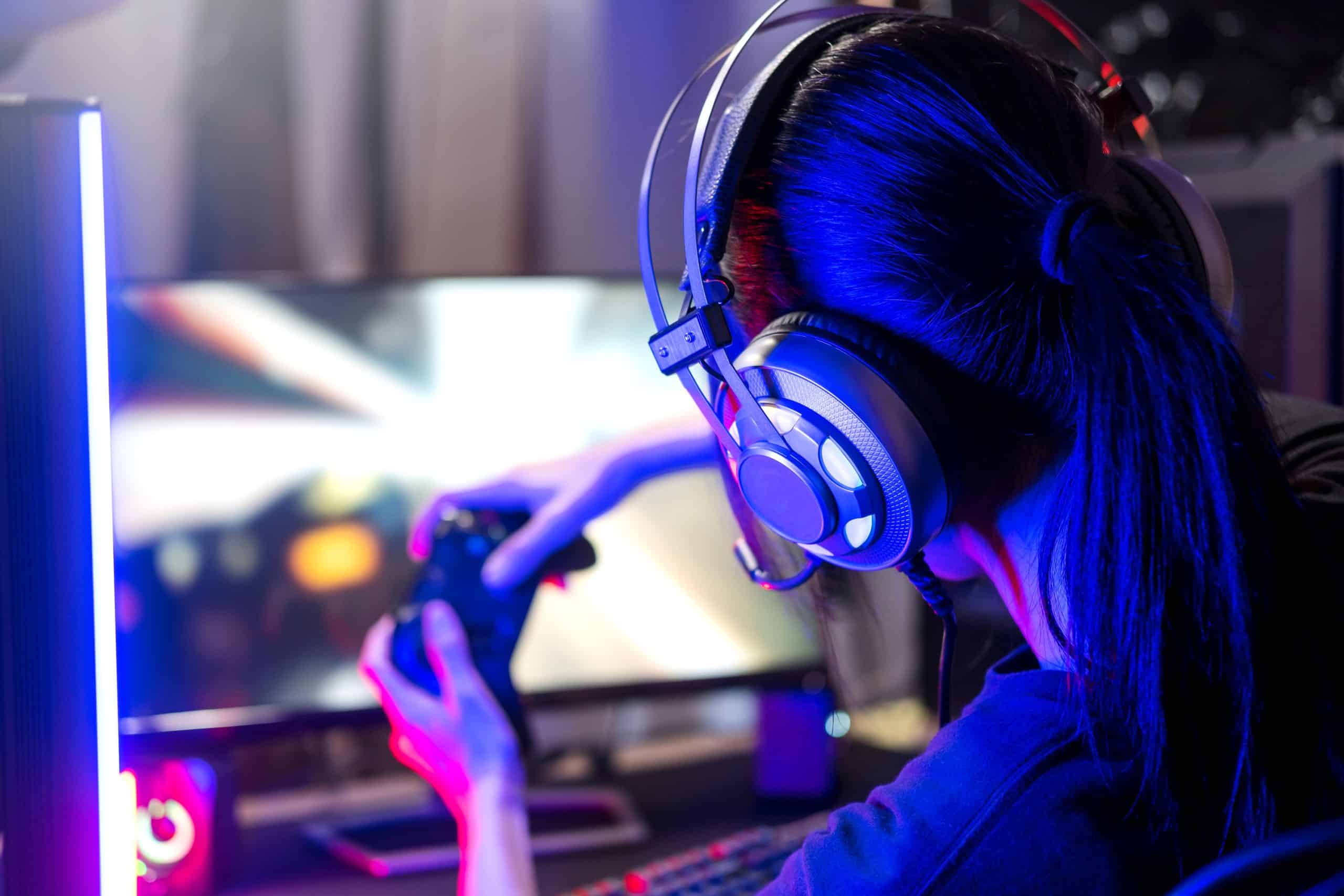The advent of wearable technology has transformed various aspects of our daily lives, including how we monitor our health. These nifty devices aren’t just reserved for fitness aficionados or tech-savvy millennials, but they also offer a wealth of benefits for the elderly population. With the use of sensors and data-driven systems, wearable devices can monitor various physiological parameters in real-time, providing critical insights into an individual’s health condition.
The Significance of Wearable Devices for Older People
The older population often faces a range of health issues. Regular monitoring is necessary to manage these situations and to keep them under control. But frequent trips to the doctor can be physically draining and time-consuming. That’s where wearable devices come into the picture.
Cela peut vous intéresser : Can Smart Glasses with Augmented Reality Aid Visually Impaired Users in Navigating Cities?
Utilizing wearable technology, older adults can monitor their health conditions right from their homes. These devices are designed to track various physiological metrics such as heart rate, blood pressure, blood sugar levels, and more. Essentially, wearable devices provide a convenient, real-time method for health monitoring, which is particularly beneficial for older adults who may experience difficulties in accessing traditional healthcare services.
Monitoring Heart Health with Wearables
Heart health takes the front seat when we discuss health monitoring for the elderly. Issues such as high blood pressure and irregular heart rates are common among older people and can lead to severe medical complications if not monitored regularly. Wearable devices equipped with heart-monitoring sensors can be a game-changer in this respect.
Cela peut vous intéresser : How Is Machine Learning Being Applied to Optimize Energy Usage in UK Smart Buildings?
These devices continuously track the wearer’s heart rate and blood pressure, alerting them to any irregularities. This real-time data is crucial as it allows for immediate intervention if any significant changes are detected. Moreover, the data collected can be shared with healthcare professionals, providing them with a comprehensive overview of the patient’s heart health and aiding them in making informed treatment decisions.
Achieving Holistic Health Monitoring with Multi-Sensor Devices
While heart health is crucial, it’s not the only aspect of health that needs monitoring, especially for older adults. Thankfully, many wearable devices are equipped with multiple sensors that monitor various physiological parameters.
A multi-sensor wearable device can monitor body temperature, blood oxygen levels, physical activity levels, sleep patterns, and more. The data from these sensors offers a holistic picture of an individual’s health. For instance, changes in sleep patterns could be indicative of stress or other underlying health issues. Similarly, tracking physical activity can help older adults maintain a healthy lifestyle and prevent the onset of age-related ailments.
Power of Data in Health Monitoring
The role of data in health monitoring cannot be overstated. Wearable devices are data-driven systems. They collect, store, and analyze vast amounts of health-related data from the wearer. This data is then used to monitor physiological changes, detect potential health problems, and create personalized health strategies.
The ability to accurately capture and interpret health data has made wearable technology an invaluable tool in managing the health of older adults. These data can reveal trends and patterns in an individual’s health, allowing for proactive medical intervention. Moreover, data from wearable devices can be easily shared with healthcare providers, enabling them to monitor their patients remotely and provide timely medical assistance.
Wearable Technology: A Partner in Independent Living for Older Adults
The role of wearable biometric devices extends beyond health monitoring. For the elderly, these devices can also promote independent living. With features such as fall detection, GPS tracking, and emergency alerts, wearable devices offer safety and peace of mind to both the wearers and their loved ones.
In an era where technology is reshaping healthcare, wearable devices play a crucial role in personal health monitoring for the elderly. By leveraging sensor technology and data, these devices offer a proactive approach to health management, allowing older adults to take control of their health and lead a more independent life.
In a nutshell, wearable biometric devices have emerged as a reliable partner in personal health monitoring for older adults. They offer an efficient and convenient way of tracking various physiological parameters, empowering the elderly to stay health-conscious, proactive, and independent.
The Intersection of Machine Learning and Wearables for Health Monitoring
Machine learning is a field of study that gives computers the ability to learn from data without being explicitly programmed. With the advent of wearable devices, machine learning has found a significant role in health monitoring. These smart devices collect vast amounts of data on various physiological parameters, including heart rate, blood pressure, oxygen saturation, and physical activity.
Machine learning algorithms are then used to analyze this data, identifying patterns and trends that might not be visible to the naked eye. Over time, these algorithms can predict potential health issues based on the collected data. For example, a subtle change in heart rate variability detected by the wearable device could indicate the onset of atrial fibrillation, a condition that’s often difficult to diagnose without prolonged monitoring.
This combination of wearable technology and machine learning provides a powerful tool for proactive health management. It enables older adults to detect potential health issues early, allowing for timely intervention and treatment. This approach is particularly beneficial for those living in remote areas where access to traditional healthcare services may be limited.
The Future of Wearable Devices in Personal Health Monitoring
Moving forward, we can expect wearable devices to play an even more prominent role in personal health monitoring for older adults. Innovations in sensor technology will likely result in devices capable of monitoring a broader range of vital signs in real-time.
Moreover, advances in communications technology will make remote monitoring more efficient and reliable. This will allow healthcare providers to keep an eye on their patients’ health conditions from a distance, intervening only when necessary. Additionally, improvements in machine learning algorithms will enhance the capability of wearable devices to predict potential health problems accurately.
There’s also the potential for wearable devices to integrate with other smart devices in a person’s home, creating a comprehensive monitoring system. For example, a wearable device could interact with a smart bed to monitor sleep patterns, or with a smart refrigerator to track dietary habits.
Conclusion
In closing, wearable biometric devices have revolutionized the way we monitor personal health, especially for the elderly. By leveraging wearable technology, older adults can keep track of their vital signs in real-time and maintain a proactive approach to their health.
The power of data, coupled with advancements in machine learning, has significantly enhanced the potential of these devices. It allows for accurate health monitoring, early detection of potential problems, and interaction with healthcare providers in real-time.
The future of wearable devices in personal health monitoring looks promising, with advancements in sensor technology, machine learning, and remote monitoring systems set to take health monitoring to the next level.
So, whether you are an older adult striving for independent living, a healthcare provider seeking efficient ways of monitoring patients, or a loved one concerned about an elder’s health, wearable devices offer a solution. And in this era of digital health, it’s safe to say that wearable devices have become an indispensable tool in personal health monitoring for the elderly.






